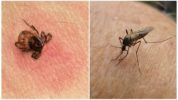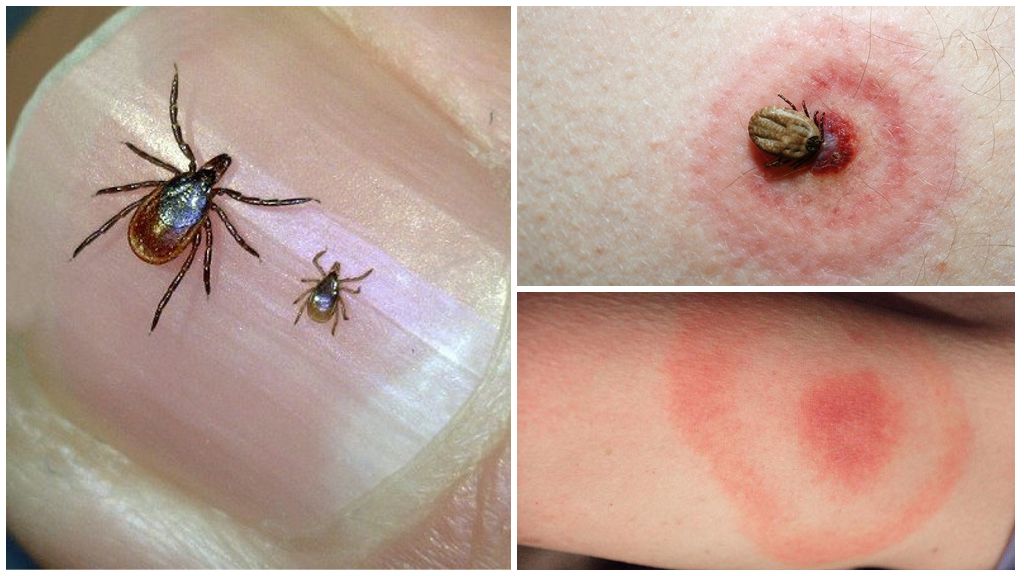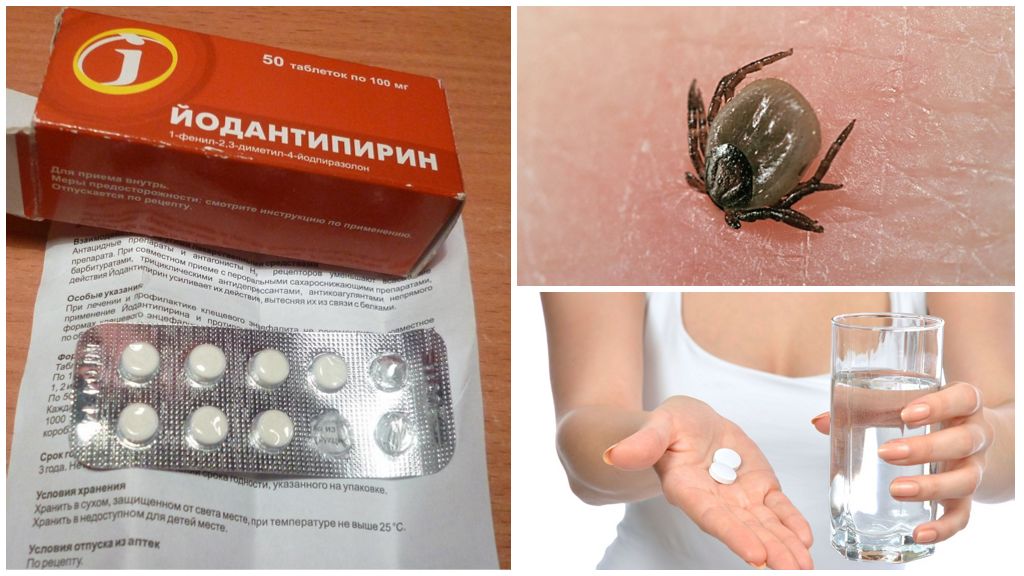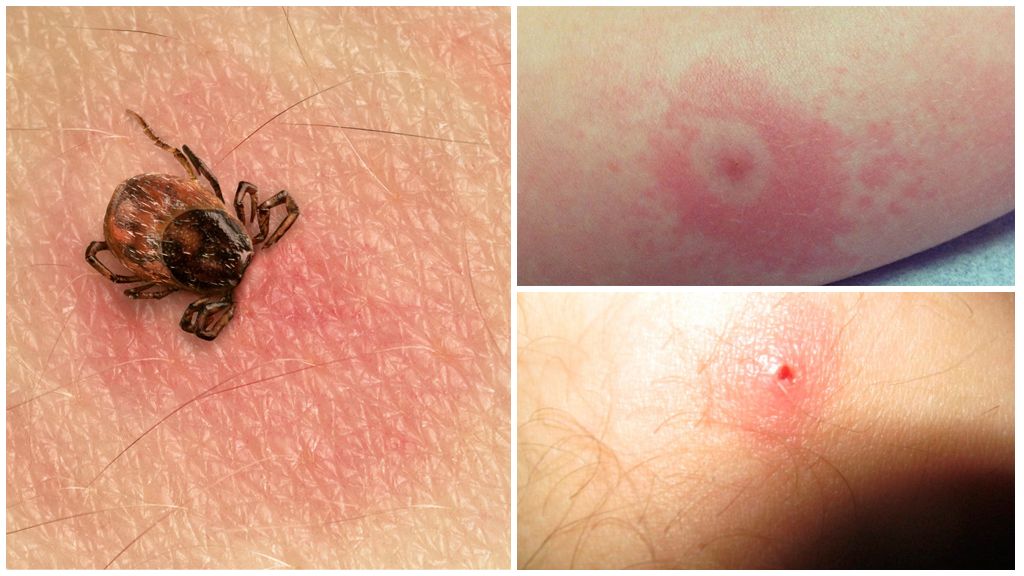- Tick Protector Clothing
- Kapron tights and pincers
- Tick and mosquito bite
- Help with a tick bite
Among ticks a person needs to be wary of two types of these parasites: ixodic and scabies itching. Scabies today is rare and usually among socially disadvantaged groups. The itch moves from a sick person to a healthy one through common objects. Such infections often occurred on trains with poor steaming of bedding. Ixods are much more dangerous, since ticks fall on a person of any social layer. Ixodic people often suffer from quite prosperous strata. Those who have the opportunity to go hiking and walk animals in forests and meadows. In cities, animals suffer from ixodid ticks. This is due to the characteristics of arachnid hunting.
Where the tick finds a victim
Contrary to legends about the attack of arthropods from tree branches, ixodid ticks await their prey on the grass and in the bushes. Bloodsuckers rarely climb to a height of more than a meter. The myth of tree attack is related to another characteristic of the parasite. Since ticks attack a person from shrubs and grass, it is inconvenient for him to bite very dense skin on his legs. Bloodsuckers have no full vision. The organs that replace the mites of the eye react to thermal radiation. Thanks to this, the arthropod feels the victim and attacks.
On a note!
The arthropod feels the victim at a distance of about 10 m. Therefore, arachnids not only passively wait for their owners in the vegetation, but can also independently crawl to the source of food.
Due to the peculiarities of vision, the parasite looks for the hottest places on the person where the blood vessels come close to the surface of the body:
- groin area;
- inter-berry space;
- axillary hollows;
- scalp.
Almost all of these areas are above a meter. Hence the myth of trees. In fact, the tick has long been looking for a place to stick. It can be detected and removed during inspection after a walk. Or feel the parasite crawling through the body, touching the hairs.
On a note!
Examining the body after a forest walk is a must, but you can reduce arachnid's chances of sticking to a person’s body by taking measures to protect.
How to protect yourself from ticks
Tick protection methods have been developed for a long time. The main condition is special clothing:
- long pants;
- socks;
- jacket or shirt with long sleeves;
- hat with a mosquito net.

All parts of clothing should block the parasite from free passage to the body. Legs below and sleeves of a shirt with cuffs on elastic bands. Cuffs tightly cover the body and do not leave slots for a bloodsucker. In the absence of cuffs, the legs are tucked into socks. The bottom of the shirt is pushed under the belt of the trousers, which should also be on an elastic band.
On a note!
Clothing should be light. It heats up less in the sun and does not attract blood-sucking parasites. Dark brown arachnid is better seen on a light background. All these measures were developed in pre-revolutionary times.
The development of industry has made it possible to invent new methods of protection. Application repellents poorly helps in the area strongly infected with parasites.But there was an unconventional use of women's nylon tights. And heated debate began whether the tick can bite through tights.
Since no one goes to the forest in tights, the disputes are speculative in nature, based on a photo of a digging tick and theoretical considerations:
- the tick cannot bite through kapron tights with a large number of den, but can be sucked through a thin capron;
- parasites got out from under tights;
- taiga people put on tights converted to outerwear instead of shirts.
The last statement is akin to evidence of UFOs: I haven’t seen it myself, but friends of my sister’s friends will not lie.
The second statement can take place, since pantyhose are not always tightly attached to the body, and a particularly persistent parasite can get into them. The first will have to be verified experimentally.
Why t-shirts from tights are unlikely
Any hostess who “sheared” panty hoses for her needs knows how the diameter of the nylon “tube” increases when the restrictions are lifted. It is worth removing the “feet” and the sleeves of the future T-shirt will become 3 times wider. The crotch will also be stretched if a hole for the head is cut through it.

Further it is supposed to smear the edges of the sections with varnish so that the capron does not open. A person who goes camping knows well how the body sweats even with a small load. Rigid "varnished" sections fidgeting over the skin will provide bloody scuffs.
On a note!
Not only will blood draw blood sucking parasites, but also those insects that do not attack a healthy person. And for ticks, the “T-shirt” will serve as additional protection if they manage to get to the “gate” or cut of the “sleeve”.
If the experiments failed and the ticks managed to get to the body, measures will have to be taken to minimize the consequences.
How to identify the culprit of a bite
After a puncture of the skin, the bloodsucker injects saliva, which prevents blood coagulation. The tick feeds for a long time, so it needs strong anticoagulants. Local allergies to tick bites are common. It may seem that externally the irritation on the human skin is similar to an allergic reaction after an attack by blood-sucking insects. But with tick bite there is a significant difference.
It is usually easy to determine what the tick attacked, and not another bloodsucker. An arthropod is found where it is sucked. To saturate the parasite you need from several hours to a day. Sometimes the tick has time to fall off before they notice him.
Important!
A person does not experience pain during a bite.
Various oral devices
The oral apparatus of blood-sucking parasites will have to be examined under a microscope to catch the differences. These differences determine the appearance of the bite, by which you can determine the type of bloodsucker.
Tick and mosquito mouthparts of piercing-sucking type. But with an increase it can be seen that the mosquito has a thin and flexible needle, and the tick has a short thick “baton” with many spikes. In addition, those mites that are able to feed on the human body very deeply “bite” into the skin. It looks as if only the back of the bloodsucker is sticking out. These parasites belong to forest ticks.
On a note!
Dog tick immerses only the proboscis into the skin. He easily brushes off his clothes.

If we compare the bites of bloodsuckers living near the forest in the photo, the trace from the attack of arachnid can be determined even if it has already fallen off. When an arthropod attacks, a person has a red spot on the skin and a clearly visible hole in the middle of the spot. The hole from which the blood oozes is the place where the bloodsucker plunged the proboscis.
You can distinguish a mosquito bite from a tick bite by the absence of a hole after an attack. The mosquito has a very thin proboscis, and the skin "collapses", not passing fluid. But after the mosquito there remains a small itchy tubercle. If the irritated place is combed, the inflammation will increase.
The midge has a gnawing mouth apparatus. But these insects are too small to cause visible damage alone.It is also easy to distinguish a tick bite from a midge bite: after a single midge there is no bloody trace, but a large bump swells. Irritation from these small insects is often stronger than from large gnats.
On a note!
In appearance, traces of tick and horsefly attacks can be confused. But horsefly is hard to miss. Pain from horsefly bite a person feels right away. The horsefly does not bite in the same places as the tick.
What to do after a bite
If the arthropod was caught "at the crime scene," it carefully extractput live in a jar and carried to the laboratory for research. If traces of an attack are detected already without a bloodsucker, the irritated place is lubricated with an anti-insect bite.
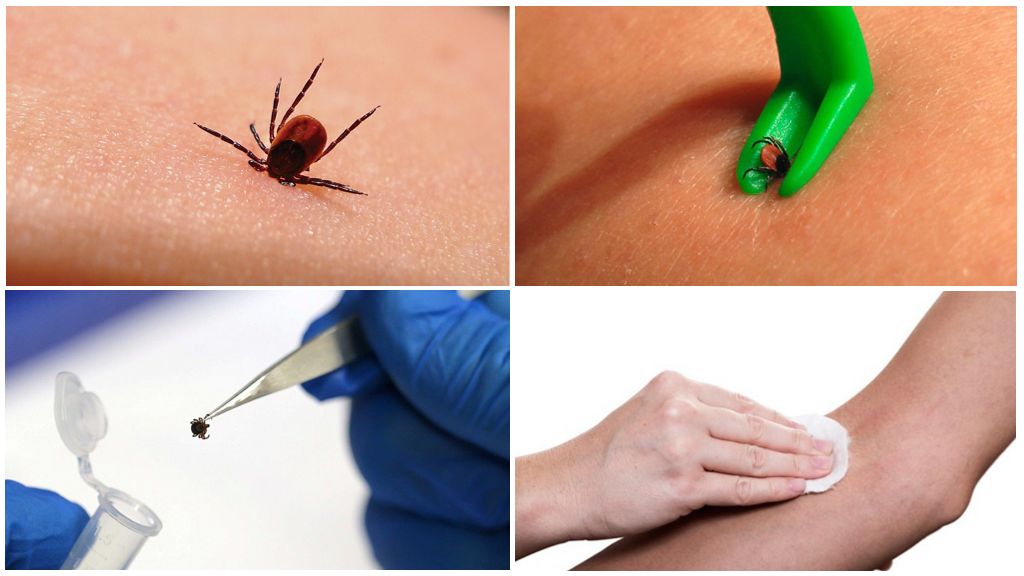
After an attack of an uncaught tick, a person will have to monitor his health for about a month. Incubation period of some Ixodes-borne diseases may last up to 30 days.
Often, victims have questions about whether to wash after a tick bite. Indeed, in this case there is a risk of wetting the irritated place. But the bite is not a tuberculin test, although it looks similar. You can safely swim after a tick bite or wash in the bath. All precautions are connected not with the traces of the attack, but with the state of human health. If a victim attacked by arachnid has a weak heart, then a steam room a person can not stand.
On a note!
Alcohol after a bite is only useful as a means to disinfect a wound. It is possible to use it inside, but it is pointless. The myth that alcohol acts as an antidote belongs to snake venom and is also not confirmed by facts.
Going in for sports is not only possible, but also necessary. The attack of blood-sucking arthropods in its consequences would not be different from the attack of insects, if not for the delayed consequences. The probability of infection from an insect is lower than from arachnid. The insect drinks blood once, a tick not less than 3 - once for each stage of its transformation into an adult animal. The probability that he will first treat himself to a sick animal and then transmit the causative agent to the person is much higher.


